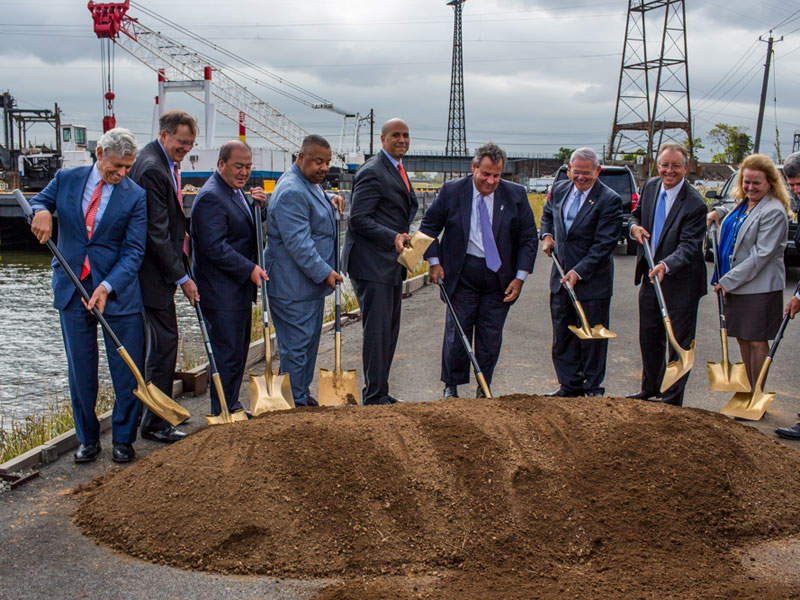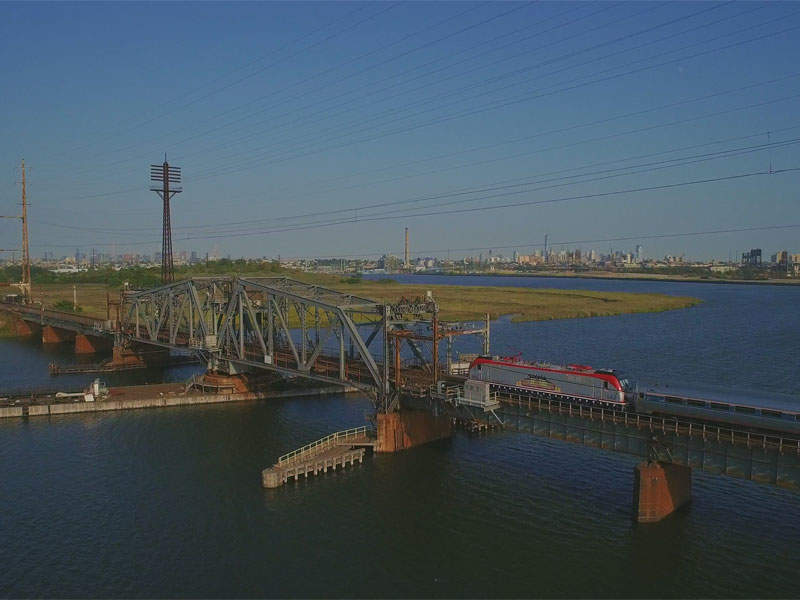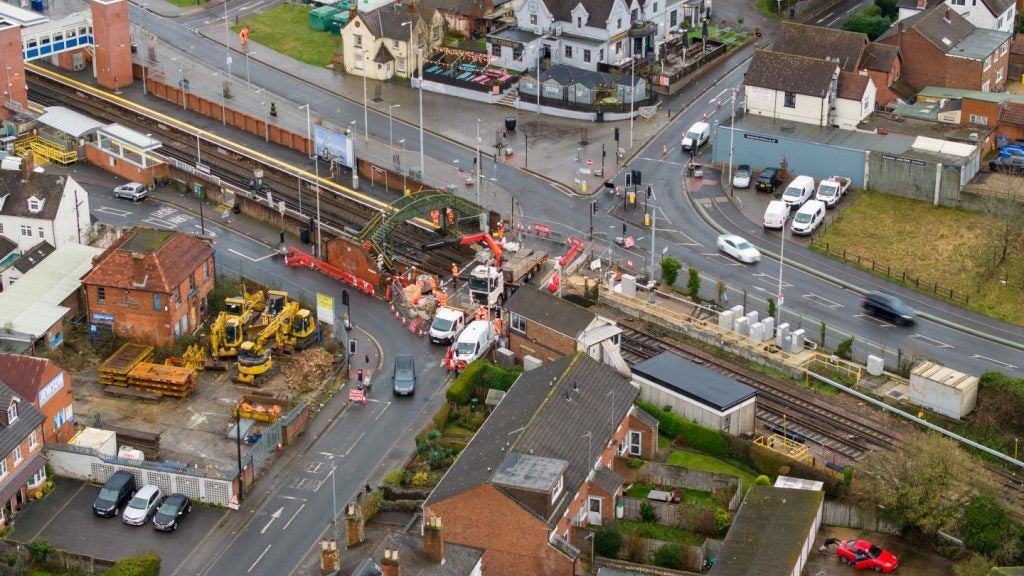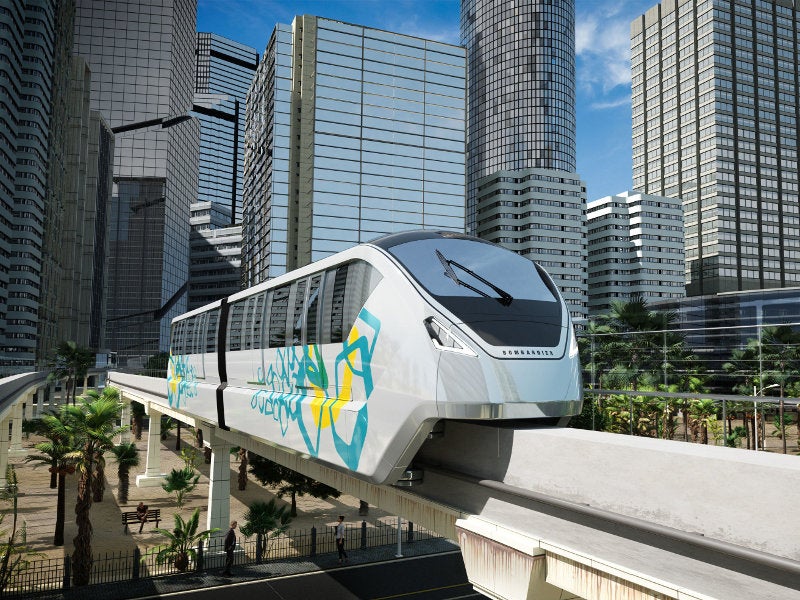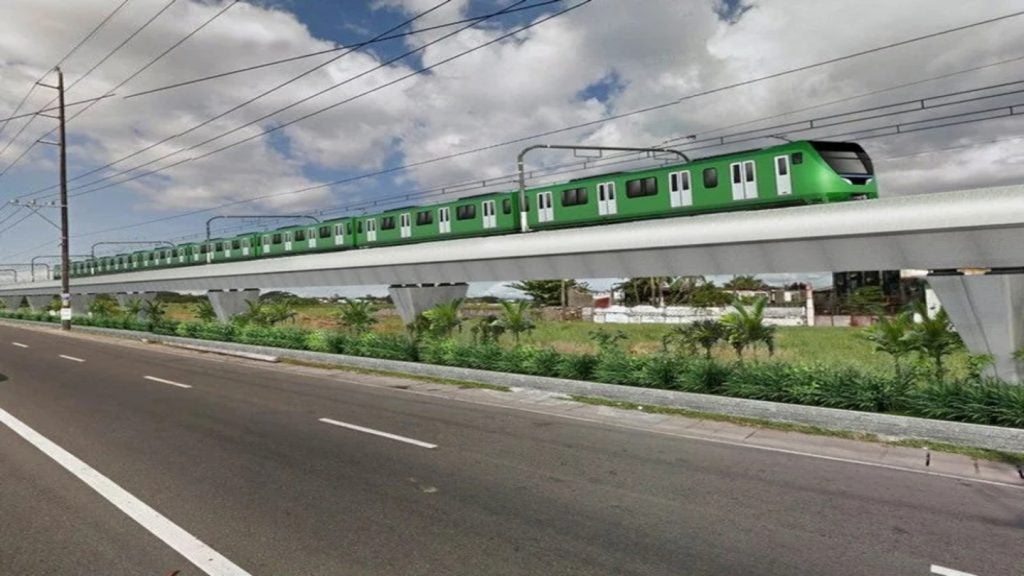The Portal North Bridge will replace the century-old bridge located on the Hackensack River in Hudson County, New Jersey, US.
The $1.5bn bridge replacement project is being implemented by Amtrak and New Jersey Transit (NJT) as part of the Gateway Programme, which is aimed at increasing the train capacity along the critical length of the Northeast Corridor (NEC).
Construction on the project officially commenced in October 2017 and is expected to be completed by 2023.
The bridge will be used by Amtrak intercity and New Jersey Transit commuter services. It will be used as a crossing by approximately 450 trains a day travelling between Newark, New Jersey, and Penn Station, New York.
Purpose of the Portal bridge replacement
The existing Port Bridge is a two-track swing bridge operational since November 1910. Constructed by the Pennsylvania Railroad, the bridge has seven spans with a total length of 960ft. The middle span of the bridge has 300ft pivots to open for marine traffic.
The bridge has reached the end of its life, while its ageing mechanical and electrical components are malfunctioning when opening and closing for maritime traffic, leading to delays. A new bridge is essential to ensure reliable services on the NEC.
New Portal North bridge design details
The replacement bridge will be a two-track fixed structure bridge with 50ft-high water clearance. The increased clearance will enable marine traffic to pass underneath without any need to open and close.
The bridge will increase the speed of the trains on the line from the current 60mph to 90mph and provide a consistent level of train operation across the span. It will also improve service reliability of all Amtrak intercity and New Jersey Transit commuter services.
Contractors involved
A joint venture of Jacobs Engineering Group, Gannett Fleming Transit & Rail Systems, and HNTB Corporation was awarded a $1.3bn contract to provide design services for the project in September 2008.
SJH Engineering was awarded a $49m subcontract to provide design services for the construction of access platforms and design of the permanent viaduct structures and retaining walls.
Radin Consulting (RCI) was contracted to prepare the environmental impact statement (EIS), preliminary engineering and final design of the project.
Envision was contracted to provide consulting services to define and document project procedures. PKF-Mark III was awarded a $14.5m early action contract for realigning a 138kV transmission pole and construct access structure, steel bridge structure and a retaining wall.
Financing
The final design of the replacement bridge was jointly funded with $31m by NJT and Amtrak, while the Federal Railroad Administration (FRA) provided a grant of $38.5m.
The US Department of Transportation (USDOT), under the Transportation Investment Generating Economic Recovery (TIGER) grant programme, awarded $16m for early action construction of the project.
Future plans
A second bridge, Portal South, is planned to be developed and is currently in the proposal stage. It will be two-track bridge containing a 400ft moveable centre span and 40ft-high water clearance. The centre span can be raised up to 10ft through a vertical hydraulic lift, which will be used ten times a year to accommodate marine vessels, including some of the world’s biggest.
The Portal South bridge project will be undertaken after the completion of the NEC future study and environmental studies.
The Portal North and Portal South bridges will double train capacity along the NEC, upon completion.

